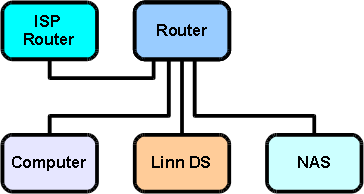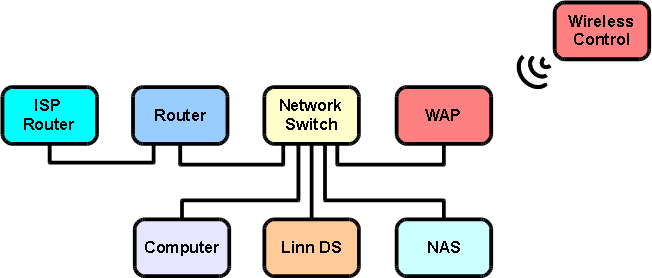I'm probably the best authority on what I am claiming, so let's cut through the inflammatory rhetoric and put it plainly:
I've never claimed that CAT7-standard wire sounds better than CAT5. It is better built and better specified, and not a lot more expensive. What's not to like?
Like many others, I have claimed that I personally find a slight, on the threshold of audibility, difference between WAV and FLAC. In tests I've conducted on half a dozen listeners, in low-noise systems, those best able to differentiate such cues find the difference more palpable.
Under pressure, in front of an audience, acuity-suppressed, with my reputation at stake, blind AB-X'd into confusion, would the difference be demonstrable? Probably not: better ears than mine have failed to identify grosser differences in such tests. Later, relaxed, would it again become apparent? Probably: typically brain behaviour.
Testing me isn't the point: shooting the messenger doesn't change the message. Many, many keen listeners, in the the comfort of their homes and studios increasingly find there is a small difference: not making great claims for their brilliance, just communicating their experiences.
Seeking to connect an abstruse discussion of file formats with 'disseminating fear' and/or hyping equipment sales is patently, pathologically ridiculous. Elsewhere, this is being discussed rationally. Here, the conversation hasn't begun.




